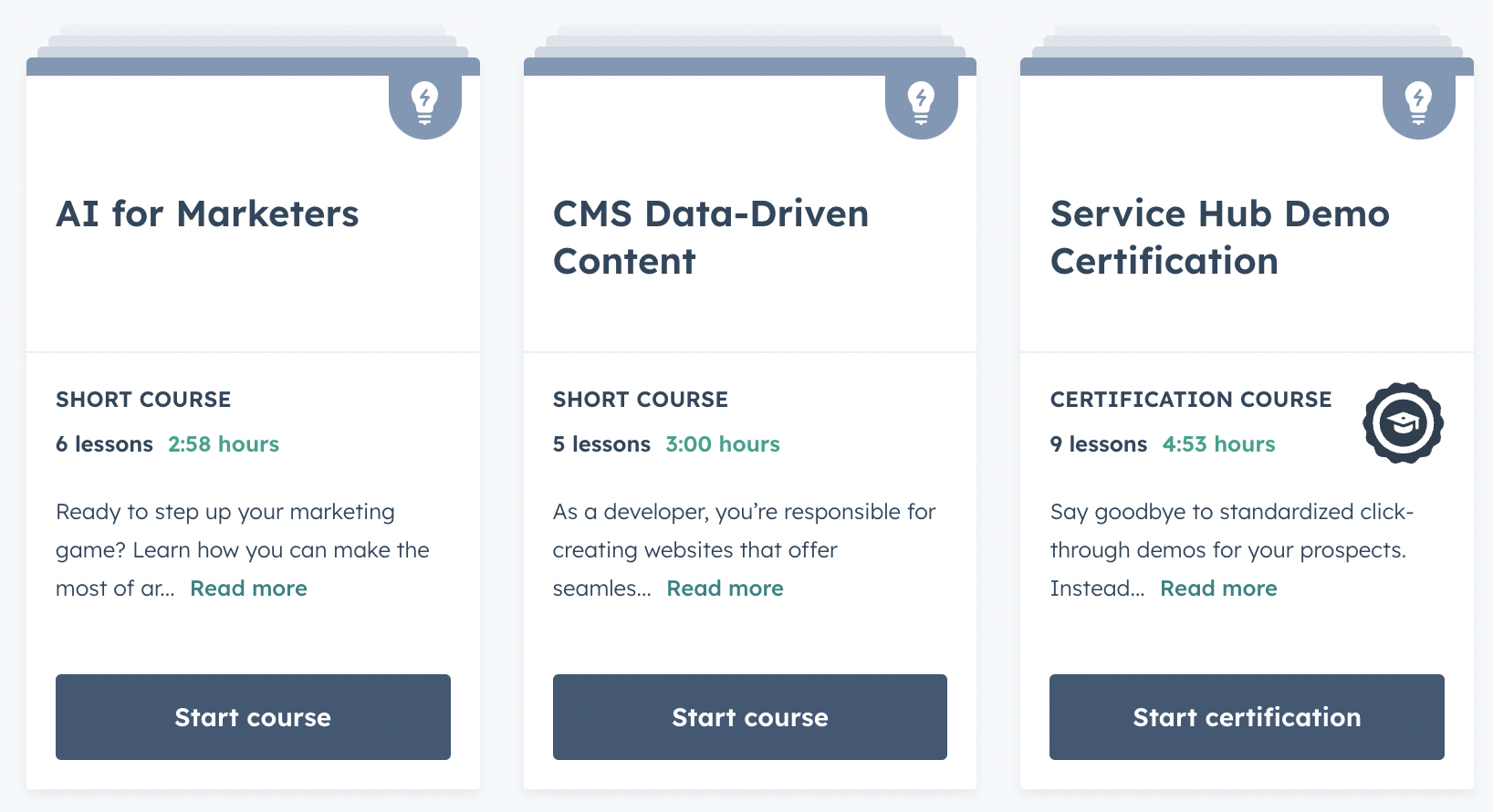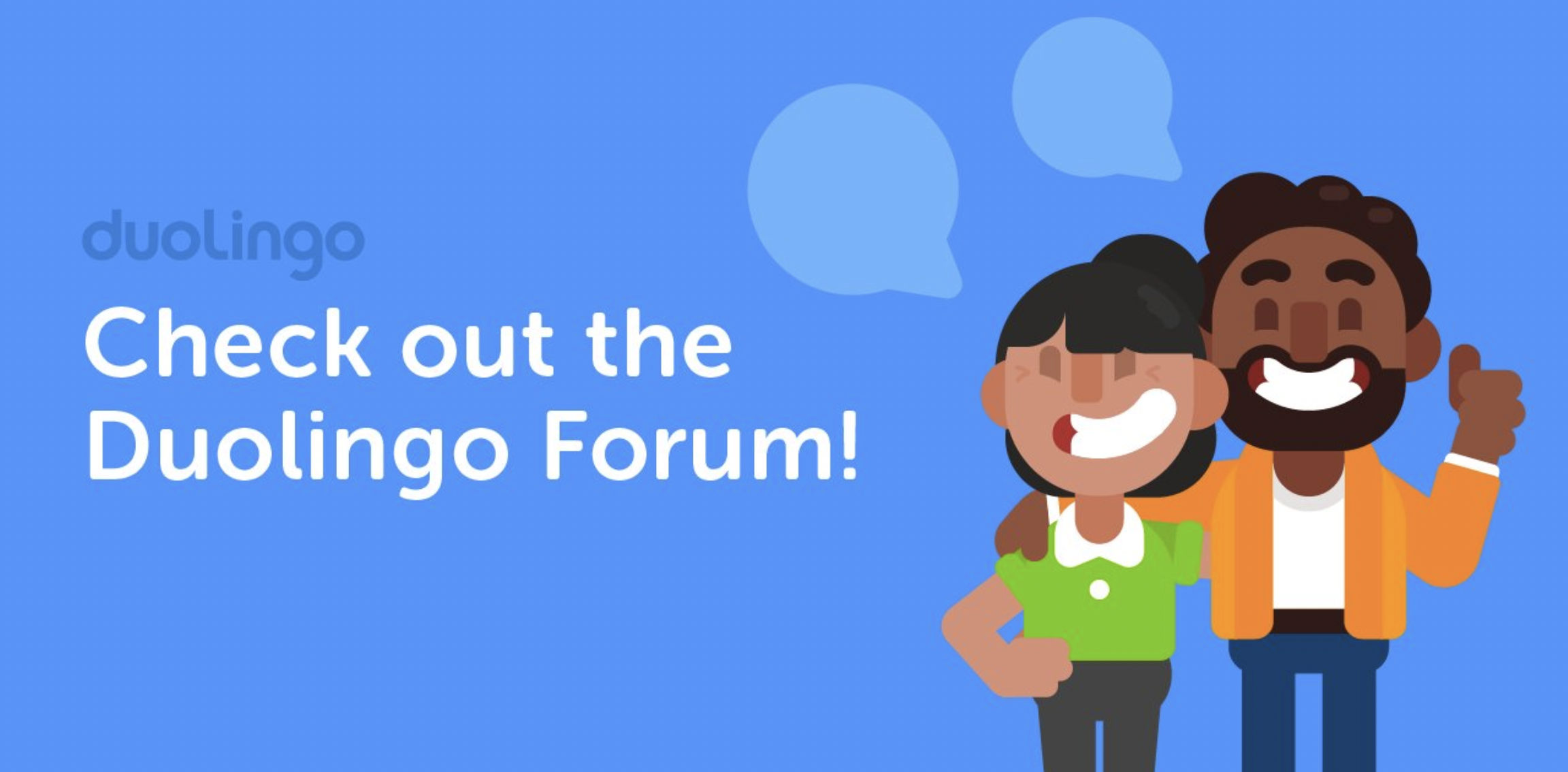
In the dynamic entrepreneurial ecosystem, where innovation and creativity are the lifeblood of success, a strategic and impactful marketing campaign can be the driving force behind a company’s meteoric rise. The journey from a fledgling idea to a thriving business often hinges on the ability to captivate audiences, build brand recognition, and foster customer loyalty through compelling marketing initiatives.
But marketing a new product is not an easy task. It requires a keen understanding of the target audience and the agility to adapt to the ever-evolving digital landscape. Startups, by their very nature, operate in an environment where resources are often scarce, and the margin for error is slim.
This blog post will explore some of the most successful startup marketing campaigns of all time, examining the strategies, tactics, and lessons learned from these trailblazers.
Table of Contents
1. The Dollar Shave Club’s Viral Video Explosion
In the annals of startup folklore, the rise of Dollar Shave Club is often heralded as a masterclass in disruptive marketing. At its inception in 2011, Dollar Shave Club aimed to revolutionize the often mundane act of purchasing razors by offering a subscription service that delivered quality blades directly to consumers’ doorsteps. What set this startup apart, however, was not just its razor blades but the audacious and irreverent marketing strategy employed by its founder, Michael Dubin.
Dubin’s approach was a breath of fresh air in an industry dominated by giants. Instead of resorting to traditional advertising methods, he chose a path less traveled, leveraging humor and a bold, relatable narrative to resonate with consumers. The Dollar Shave Club wasn’t just selling razors; it was selling an experience – one that made the seemingly routine act of shaving an amusing and memorable part of the daily routine.
At the heart of Dollar Shave Club’s marketing triumph was a brilliantly crafted, low-budget viral video that would become the stuff of marketing legend. The video, aptly titled “Our Blades Are F***ing Great,” featured Michael Dubin himself delivering a humorous monologue, blending wit, sarcasm, and a no-nonsense attitude. The video not only introduced the subscription service but also effectively communicated the brand’s value proposition – quality razors at an affordable price, delivered conveniently to your doorstep.
This two-minute video, launched on YouTube, quickly became an internet sensation and generated over 23 million views in the first few days. Its sharp humor and straightforward messaging struck a chord with viewers, and the unconventional approach garnered widespread attention. The video’s success wasn’t just in its entertainment value; it translated into tangible results as the startup experienced a surge in subscriptions almost overnight.
Emphasis on the Power of Humor and Relatability in Marketing
Dollar Shave Club’s success underscores the impact of humor and relatability in marketing. By injecting personality into the brand and addressing the common pain points associated with purchasing razors, the company created a memorable and shareable experience. This approach not only distinguished Dollar Shave Club from competitors but also forged a connection with consumers who were tired of conventional, sterile advertising.
Lessons on Leveraging Online Platforms for Viral Content
The strategic use of online platforms, particularly YouTube, played a pivotal role in Dollar Shave Club’s success. The startup recognized the power of digital channels to reach and engage its target audience directly. In an era dominated by social media and video-sharing platforms, Dollar Shave Club’s decision to harness the virality potential of online content became a blueprint for startups looking to make a splash without exorbitant advertising budgets.
2. Airbnb’s “Belong Anywhere” Global Campaign
Airbnb has not only redefined the way people explore the world but has also set a new standard for marketing ingenuity with its “Belong Anywhere” global campaign. Founded in 2008, Airbnb emerged as a disruptor in the traditional lodging industry by offering a platform where travelers could experience the world not as tourists, but as locals. The essence of Airbnb’s success lies in its unique concept of community-driven travel experiences, where hosts open their homes to guests, creating connections that go beyond traditional accommodations.
The “Belong Anywhere” campaign served as a powerful manifesto for Airbnb’s vision. It encapsulated the idea that travel is not just about finding a place to stay; it’s about immersing oneself in the culture, forging connections with locals, and feeling a sense of belonging wherever one goes.
At the core of the “Belong Anywhere” campaign was a series of visually stunning and emotionally resonant advertisements. These ads, spanning various mediums such as television, online platforms, and print, depicted real stories of Airbnb guests experiencing genuine connections and a sense of belonging during their travels. The campaign transcended the transactional nature of accommodation bookings and positioned Airbnb as a facilitator of meaningful experiences.
The tagline “Belong Anywhere” became more than just words; it became a promise that Airbnb endeavored to fulfill with each booking. The campaign not only showcased the diverse range of accommodations but also highlighted the cultural richness and personal connections that could be forged through Airbnb experiences.
Insights into Building a Brand around Values and Experiences
Airbnb’s “Belong Anywhere” campaign illuminated the power of building a brand around values and experiences. By aligning itself with the fundamental human desire for connection and a sense of belonging, Airbnb went beyond merely providing lodging services. The company became a curator of experiences, tapping into the emotional aspects of travel that resonate deeply with consumers. For marketers and founders, this campaign underscores the importance of understanding and embodying the values that matter to their target audience.
The Global Impact of Storytelling in Marketing
The success of “Belong Anywhere” also underscores the global impact of storytelling in marketing. Airbnb didn’t just sell accommodations; it told compelling stories that transcended cultural and geographical boundaries. The campaign demonstrated that, in an interconnected world, authentic and emotionally resonant storytelling can create a universal appeal. For startups and marketers, this serves as a lesson in the art of crafting narratives that go beyond product features, tapping into the shared human experiences that connect us all.
3. Dropbox’s Genius Referral Program
Dropbox’s ascent to success is not only attributed to its innovative platform but also to its ingenious growth strategy, particularly its referral program. Launched in 2008, Dropbox’s referral program became a cornerstone of its customer acquisition efforts, propelling the company to new heights in a highly competitive market.
At its core, Dropbox’s referral program leveraged the power of word-of-mouth marketing, recognizing that satisfied users could be the most potent advocates for the platform. This referral program was not just a feature; it became a strategic growth engine, tapping into the existing user base to organically expand its reach.

Dropbox’s referral program was elegantly simple yet incredibly effective. Users were encouraged to refer friends, family, or colleagues to join Dropbox, and in return, both the referrer and the new user received additional storage space – a win-win proposition. This incentive, coupled with the ease of use and the value proposition of the service, turned Dropbox users into enthusiastic promoters.
The referral process was seamlessly integrated into the user experience, making it effortless for individuals to share Dropbox with their network. The success of this program was not just in the tangible rewards but also in the creation of a community of users who felt personally invested in the platform’s growth.
The Importance of Word-of-Mouth Marketing in the Digital Age
Dropbox’s success with its referral program underscores the enduring importance of word-of-mouth marketing in the digital age. In a landscape saturated with advertisements and information, recommendations from trusted sources carry unparalleled weight. By harnessing the organic sharing behavior of satisfied users, Dropbox transformed its customer base into a network of brand advocates. This not only contributed to customer acquisition but also built a strong, loyal community around the product.
Strategies for Designing Effective Referral Programs
The Dropbox referral program offers valuable insights into designing effective referral programs. Simplicity, tangible incentives, and seamless integration into the user experience were key components of its success. For startups and marketers, the lesson is clear: crafting a referral program that is easy to understand, offers meaningful incentives, and enhances the overall user experience can turn customers into powerful allies in the journey of growth. (Pss, did you know you can earn 300$ for every referral with Pathmonk?)
4. HubSpot’s Inbound Marketing Revolution
HubSpot stands as a trailblazer in the world of marketing, as it reshaped the way businesses approach customer acquisition through its revolutionary inbound marketing methodology. Founded in 2006, HubSpot introduced a paradigm shift by focusing on attracting and engaging customers through valuable content rather than traditional outbound methods. This inbound approach not only marked a departure from interruptive advertising but also laid the groundwork for a new era in customer-centric marketing.
HubSpot’s success in inbound marketing can be attributed to its commitment to providing valuable and educational content. The company became a hub for marketers, offering a wealth of resources such as blogs, ebooks, webinars, and tools that addressed the pain points and challenges of its target audience. By becoming a go-to source for information, HubSpot positioned itself as an authority in the marketing space.

The cornerstone of HubSpot’s approach was the creation of a comprehensive platform that integrated marketing, sales, and customer service. This allowed businesses to attract leads, convert them into customers, and then delight them through personalized interactions, creating a holistic and seamless customer experience.
The Power of Content Marketing in Building Trust and Authority
HubSpot’s success underscores the transformative power of content marketing in building trust and authority. By consistently delivering valuable, relevant, and educational content, HubSpot not only attracted a dedicated audience but also established itself as an industry leader. This emphasis on content as a means of building relationships and trust became a guiding principle for marketers seeking to connect with their audience on a deeper level.
Implementing Inbound Strategies for Long-Term Success
HubSpot’s inbound marketing revolution provides a roadmap for achieving long-term success. Rather than focusing solely on immediate transactions, the company prioritized building enduring relationships with its audience. This approach not only generated leads but also fostered customer loyalty and advocacy. For startups and marketers, the key takeaway is the importance of implementing inbound strategies that prioritize customer engagement, value delivery, and relationship-building for sustained growth.
5. Slack’s Freemium Model and Word-of-Mouth Growth
Slack emerged as a transformative force, not only for its innovative platform but also for its strategic use of a freemium model and a word-of-mouth-driven growth strategy. Founded in 2013, Slack revolutionized team communication by providing a centralized and intuitive platform that seamlessly integrated various collaboration features. However, what set Slack apart was not just its features but its approach to user acquisition.
Slack adopted a freemium model, allowing users to access a basic version of the platform for free while offering premium features for a subscription fee. This approach aimed at lowering the barriers to entry, enabling teams to experience the platform’s value before committing to a paid plan. Additionally, Slack’s initial marketing strategies focused on creating a user-friendly and enjoyable onboarding experience, setting the stage for the platform’s widespread adoption.

Word-of-mouth also played a pivotal role in Slack’s meteoric rise. The platform’s user-friendly interface and seamless collaboration features not only attracted initial users but also facilitated organic, viral growth. As teams experienced increased productivity and streamlined communication, satisfied users became natural advocates, enthusiastically recommending Slack to their peers and colleagues.
The freemium model acted as a catalyst for word-of-mouth growth. By allowing teams to adopt the platform organically and experience its benefits firsthand, Slack created a network effect where each new user brought in through the freemium model expanded the potential user base through recommendations and referrals.
Leveraging Freemium Models for User Acquisition
Slack’s success highlights the potential of freemium models for user acquisition. Offering a free, accessible version of the product not only removes initial financial barriers but also allows users to engage with the platform’s value proposition before making a commitment. This strategy can be particularly effective for startups looking to build a user base rapidly and create a viral effect through organic growth.
Encouraging Organic Growth through Satisfied Users
The organic growth driven by word-of-mouth recommendations emphasizes the importance of prioritizing user satisfaction. Slack’s focus on creating a positive user experience and delivering tangible value resulted in a community of enthusiastic users who became advocates. For startups, this underscores the significance of not only acquiring users but also ensuring their satisfaction to drive natural, organic growth.
6. Mint: The “50% Less Debt” Campaign
In the realm of personal finance management, Mint, a fintech trailblazer founded in 2006, made waves with its innovative “50% Less Debt” campaign. Mint’s mission was to simplify financial management for individuals, offering a comprehensive platform that allowed users to track expenses, create budgets, and gain insights into their financial habits. The “50% Less Debt” campaign marked a strategic move to not only attract users but also to address a common pain point—excessive debt.
Mint’s approach involved leveraging data-driven insights to empower users to make informed financial decisions. The campaign aimed at showcasing how Mint users, on average, reduced their debt burden by 50%. This compelling promise resonated with individuals seeking effective tools to take control of their finances.
The campaign utilized a multi-channel approach, incorporating online and offline marketing strategies. Digital platforms featured engaging content, success stories, and interactive tools demonstrating how Mint’s services could lead to substantial debt reduction. Simultaneously, Mint collaborated with financial influencers and experts to amplify the campaign’s reach through webinars, workshops, and media appearances.
Crucially, the campaign extended beyond promotional content; Mint provided educational resources on smart financial practices, reinforcing its commitment to empowering users to achieve tangible results. The “50% Less Debt” campaign became a rallying cry for individuals seeking a solution to their financial challenges, positioning Mint as not just a financial tool but a partner in financial well-being.
Demonstrating the Power of Data-Driven Promises
Mint’s “50% Less Debt” campaign highlights the effectiveness of data-driven promises in marketing. By leveraging aggregated user data to communicate a compelling statistic, Mint not only captured attention but also instilled confidence in its ability to deliver measurable outcomes. Startups can draw inspiration from Mint’s approach by showcasing the real-world impact of their products or services through data-backed claims.
Creating a Holistic Marketing Ecosystem
The success of Mint’s campaign lies in its holistic marketing ecosystem. The integration of online and offline channels, along with collaboration with influencers and educational content, created a comprehensive approach. For startups, this underscores the importance of building a diverse and interconnected marketing strategy that goes beyond promotional content to provide value and build trust.
7. Duolingo: The “Learn a Language in Your Lunch Break” Campaign
Duolingo, a language education platform founded in 2011, disrupted traditional approaches to language learning with its innovative and accessible “Learn a Language in Your Lunch Break” campaign. Duolingo’s mission was to make language learning fun, effective, and convenient for individuals with busy lifestyles. The campaign, launched to showcase the efficiency of its platform, tapped into the common desire for personal development without disrupting daily routines.
Duolingo’s language courses covered a spectrum of languages, and the campaign emphasized the flexibility of its learning modules, encouraging users to make language learning a part of their everyday lives, even during short breaks.

The campaign’s digital presence was marked by engaging online content, including bite-sized lessons, success stories of users mastering languages during short breaks, and interactive challenges encouraging users to dedicate their lunch breaks to language learning. Duolingo also leveraged social media platforms to create a community of learners, fostering a sense of camaraderie among those incorporating language learning into their daily routines.
Offline components of the campaign included partnerships with workplace wellness programs and collaborations with corporate offices to promote the idea of learning a language during breaks. Duolingo strategically placed advertisements in office spaces, emphasizing the simplicity of incorporating language learning into the busiest parts of the day.
Showcasing Accessibility and Convenience
Duolingo’s campaign underscores the importance of showcasing accessibility and convenience in marketing. By positioning language learning as a feasible activity during short breaks, Duolingo appealed to individuals with hectic schedules. Startups can draw inspiration from this approach by highlighting how their products or services seamlessly integrate into users’ lives, addressing pain points related to time constraints.
Building a Community Around Everyday Learning
The success of Duolingo’s campaign lies in its ability to build a community around the idea of everyday learning. The incorporation of user stories, interactive challenges, and community engagement on social media created a sense of shared progress. For startups, this highlights the potential of fostering a community around the values or activities associated with their products.
Lessons Learned from These Successful Campaigns
By studying these successful startup marketing campaigns, aspiring entrepreneurs can gain valuable insights into creating effective marketing strategies that resonate with their target audience. Here are some key lessons learned from these campaigns:
- Address Pain Points: Understand and address your audience’s pain points for a deeper connection.
- Embrace Innovation: Stand out by embracing innovation and disrupting industry norms.
- Leverage User Advocacy: Turn satisfied users into advocates for powerful word-of-mouth growth.
- Build a Values-Driven Brand: Integrate a meaningful mission to align with consumer values.
- Craft Compelling Narratives: Tell emotionally captivating stories to create a lasting connection.
- Harness Visual Content: Recognize the power of visual storytelling for engaging your audience.
- Freemium Models for Growth: Lower entry barriers with freemium models to encourage user acquisition.
- Content is Trust: Provide valuable content to position your startup as an industry thought leader.
- Use Data for Confidence: Utilize data-driven claims to instill confidence in your product’s effectiveness.
- Prioritize Accessibility and Community: Make your product accessible and build a community for sustained engagement.
Increase +180%
leads
demos
sales
bookings
from your website with AI
Get more conversions from your existing website traffic delivering personalized experiences.

Conclusion: Unveiling the Blueprint for Startup Marketing Success
From Dollar Shave Club’s humorous disruption to Duolingo’s call to learn a language during lunch breaks, the common thread weaving through these tales is the power of understanding, connecting, and resonating with the audience. Whether through compelling stories, data-driven promises, or community-building initiatives, successful startups have transformed marketing from a transactional exchange into a journey of shared experiences.





